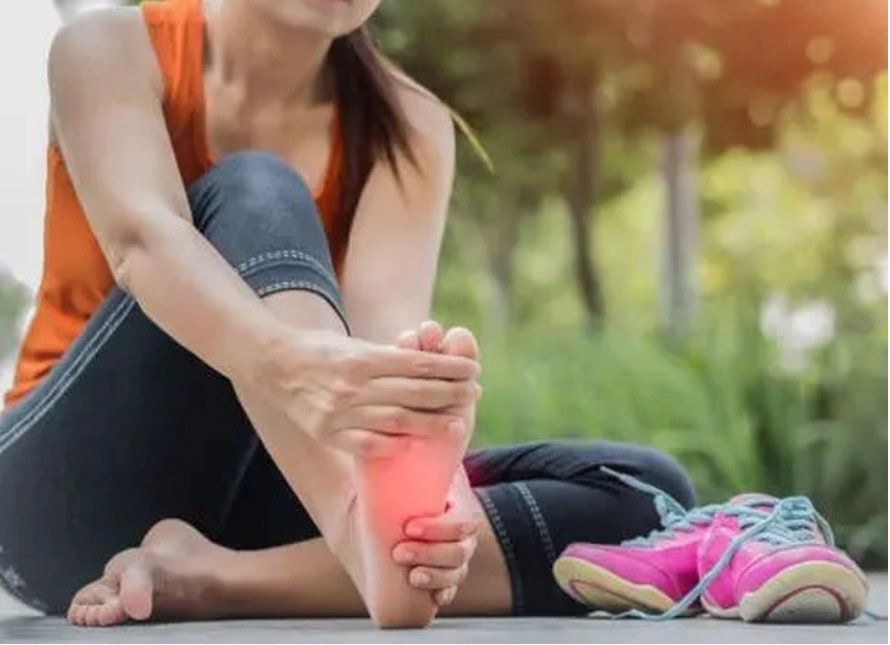
Pay attention to foot care to detect diseases in the body early - Illustration photo
The foot is a miniature of the body.
Doctor Quach Tuan Vinh, former chief of the military medicine department of the General Department of Politics, said that the foot is a miniature image of the body with 62 reflex areas, the starting and ending point of 6 meridians, concentrating many nerve endings and acupuncture points related to the entire body, once known as the "second heart" of humans.
According to traditional medicine, especially in acupuncture, the feet have 6 meridians, of which the spleen meridian has the function of circulating blood, the liver stores blood, and the kidney stores essence, essence produces blood.
Scientists say that each foot has about 7,000 nerve endings and is home to many acupuncture points that reflect all the important organs inside the body such as the heart, lungs, liver, kidneys...
Walking barefoot will rub the soles of your feet hard, stimulating these acupuncture points, thereby improving the health of the body's organ systems.
Foot signs warn of dangerous diseases that require immediate medical attention
Doctor Nguyen Van Thai, Military Institute of Radiation Medicine and Oncology - recommends that we should regularly take care of and observe our feet. If you see any unusual signs on your feet, it means you have a terminal illness, so you should get checked as soon as possible.
- Cold feet and toes: When the feet are cold and numb, it is a disease. Usually, this sign is a disease that can occur: Hereditary vascular disorders, peripheral arterial disorders due to diabetes, smoking...
- Feet suddenly hurt: If you suddenly have pain in the soles of your feet and feel your feet are aching, this is likely an important sign of unstable blood sugar levels in the body. Too high blood sugar will have a certain impact on the peripheral nerves of the feet, causing pain and fatigue in the feet.
Spontaneous foot pain can also be caused by neuropathy, diabetic peripheral neuropathy, or other factors.
- Calluses: Calluses appear due to irritation from soft tissue trauma due to mechanical impacts (mainly pressure or friction) during exercise. However, if there are many calluses on your feet, you may be at risk of bone diseases.
- Big toe or big foot swelling and sudden pain: When the toe suddenly hurts, it can be due to diseases such as: gout, cellulitis infection, neuroarthropathy, deep vein thrombosis, systemic arthritis. People with this foot sign show signs of rheumatoid arthritis or psoriasis.
- Discolored or deformed toenails: Diseases that can occur include nail fungus, trauma (common in bowling, tennis, hiking, running), psoriasis, anemia, immunosuppression from chemotherapy, malignant tumors...
- Non-healing ulcers: Possible diseases: Diabetic foot ulcers or ankle ulcers due to varicose veins, peripheral neuropathy, basal cell or squamous cell carcinoma, malignant tumors.
- Numbness or tingling in the feet and toes: When you feel numbness or tingling in the feet and toes, it can be a sign of peripheral neuropathy, vitamin B12 deficiency, or spinal problems. Early health check-ups will help determine the cause and treat it effectively.
- Leg pain when moving: If your legs often hurt when moving, it is not only due to blood sugar levels but also due to bone deficiencies in nutrients, vitamin D and calcium.
- Frequent cramps: Many people occasionally experience leg cramps, which may be due to prolonged lying down and poor blood circulation in the legs. However, if this phenomenon occurs frequently, it is a sign related to vascular diseases.
Blocked blood vessels also affect blood circulation, causing numbness and cramps in the feet. When this happens, you should stretch or massage your feet, and the cramps will disappear.
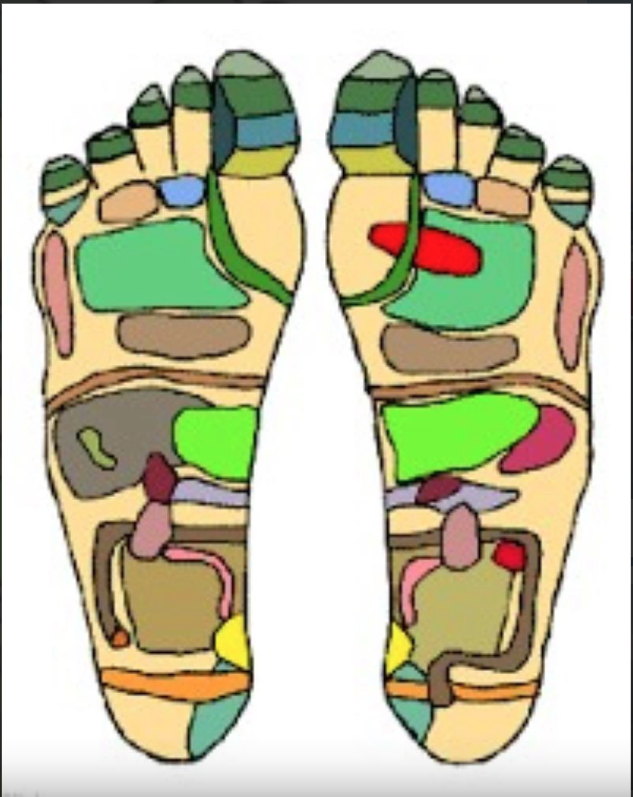
The sole of the foot is where many acupuncture points are concentrated, reflecting all the important organs inside the body - Illustration photo
5 signs on the feet that show liver disease is silently progressing
- The soles of the feet turn yellow or white: The soles of normal people are rosy. In addition to the factor of jaundice caused by the thick horny layer, the relationship with the liver also needs attention.
If you detect yellow soles of your feet, you need to promptly adjust your body, nourish your liver and see a doctor for a quick and timely diagnosis.
People with brittle and white toenails are also a problem. Healthy fingernails are soft and shiny. If you see that your nails are white, not rosy, uneven to the touch, and brittle, you should pay attention to your liver care.
- Dry skin on the soles of the feet: Dry skin on the soles of the feet is easy to see but often overlooked. Dry skin is not uncommon, our face and hands sometimes become cracked and flaky, especially in winter.
Dry and rough skin on the soles of the feet, combined with dry weather, can also damage stem cells. Severe hormonal disorders in the body, reduced liver blood transport capacity, insufficient blood volume, and eventually the body lacks nutrients, leading to dehydration, cracking, yellowing, and dull skin.
- Lines appear on the soles of the feet: The liver has the function of detoxification. If there is a problem, the function is also reduced. If there are lines on the soles of the feet, it can be judged that the liver is damaged.
At this time, go to the doctor to nourish the liver in time, avoid missing the best treatment opportunity. Liver dysfunction is very harmful to the human body. If not treated promptly, it will bring many troubles later.
- Vasodilation: Vasodilation, also known as "navi spiders", is also a sign that the liver is seriously damaged.
- Swollen feet: There are many causes of swollen feet, it can be due to tired feet, stagnant blood, or edema.
Foot care and regular checkups are important to detect and treat health problems early.
Since ancient times, ancient people have used many methods of affecting the feet to prevent diseases, improve health and prolong life such as pressing, acupuncture, pressing, massaging and soaking feet in medicinal solutions to treat many different diseases.
 Have detox feet?
Have detox feet?Source: https://tuoitre.vn/xem-dau-hieu-cua-ban-chan-biet-ngay-benh-ly-nguy-hiem-tren-co-the-20240923070232155.htm


![[Photo] Special relics at the Vietnam Military History Museum associated with the heroic April 30th](https://vstatic.vietnam.vn/vietnam/resource/IMAGE/2025/4/3/a49d65b17b804e398de42bc2caba8368)
![[Photo] Moment of love: Myanmar people are moved to thank Vietnamese soldiers](https://vstatic.vietnam.vn/vietnam/resource/IMAGE/2025/4/3/9b2e07196eb14aa5aacb1bc9e067ae6f)



![[Photo] General Secretary To Lam receives Japanese Ambassador to Vietnam Ito Naoki](https://vstatic.vietnam.vn/vietnam/resource/IMAGE/2025/4/3/3a5d233bc09d4928ac9bfed97674be98)
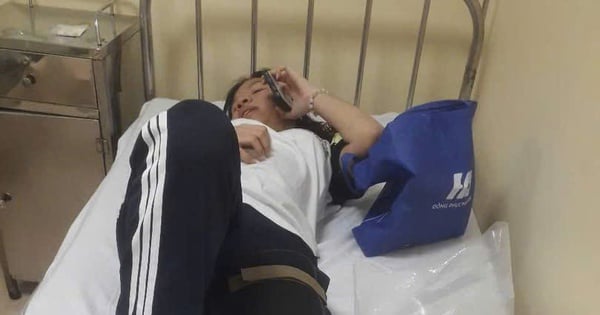





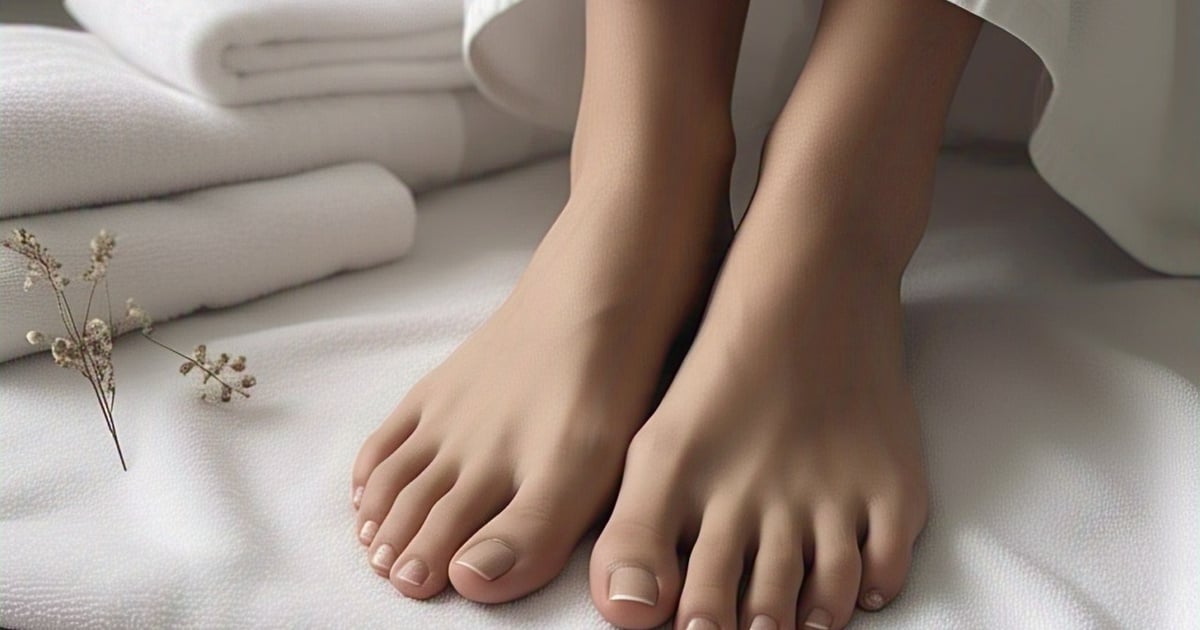
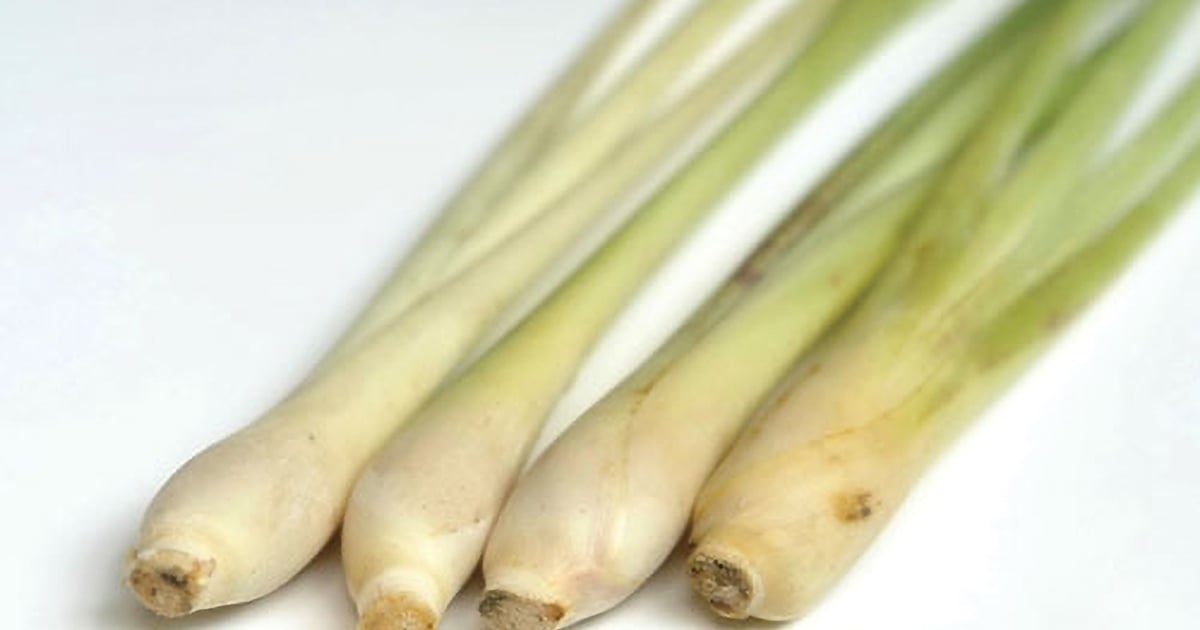

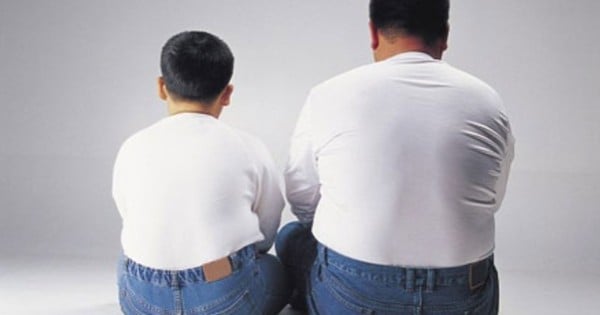

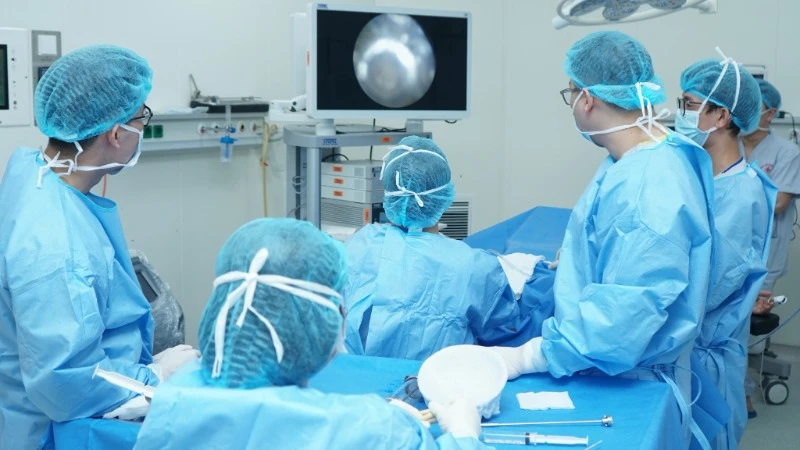

![[Video] Hanoi strengthens food safety control at schools, tightens handling of violations](https://vstatic.vietnam.vn/vietnam/resource/IMAGE/2025/4/3/c9a2202768fb4d6dbd70deaf3f28979f)
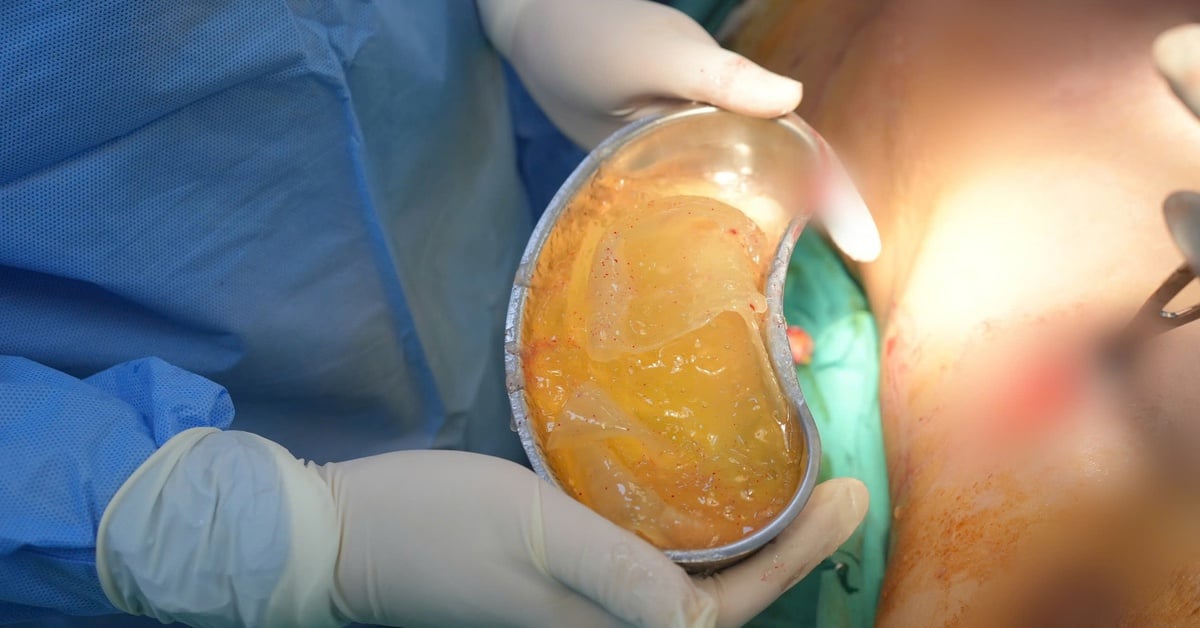























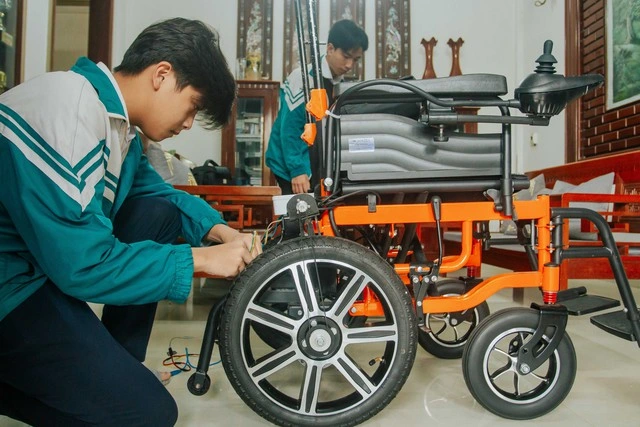


























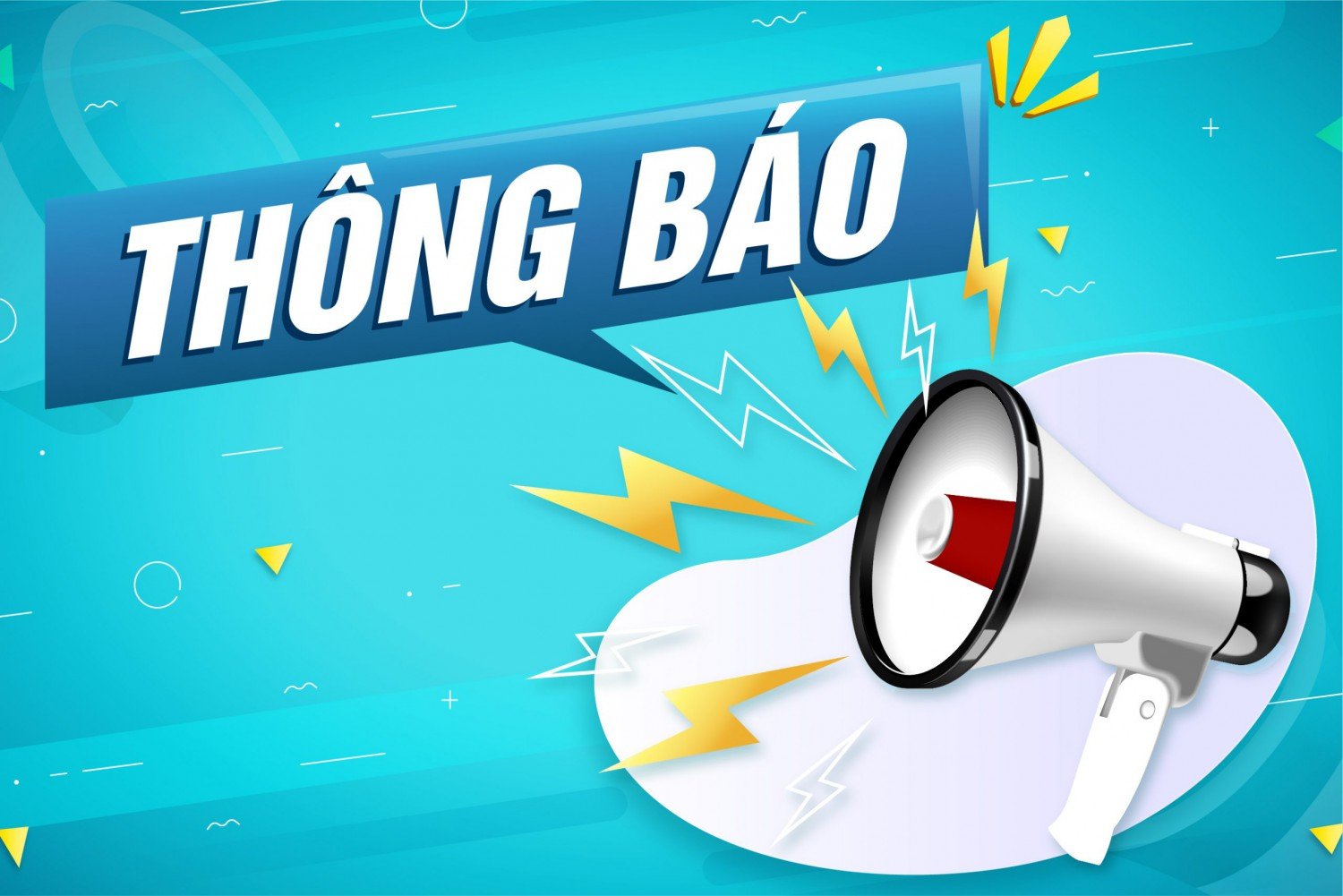




















Comment (0)